Solving the Stormwater Problem
Stormwater runoff is becoming a serious issue. The ever increasing amount of paved surface in our cities and towns means that falling rain has nowhere to go other than the storm sewer system. Weather events are generating large volumes of runoff, which carries pollutants from roads, parking lots, and lawns through storm sewers into local waterways. Contaminants are threatening our source water, wildlife, and watershed ecosystems. There are solutions and steps we all take in our yards and communities to reduce both the risk of flooding and the stormwater pollution entering our creeks, rivers and lakes
Stormwater Solutions Homeowners Can Take
Disconnect your downspouts
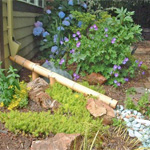
Disconnect your downspout from the storm sewer and direct it 4' away from your foundation. Direct your downspout to a permeable area to allow rain to soak into the ground. Here are detailed instructions on how to disconnect your downspout provided by the city of Portland.
Install rain barrels or cisterns
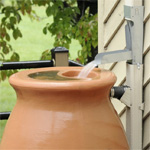
Install a rain barrel or cistern on downspouts and be sure to drain them before the next rain. Make sure to direct the overflow hose away from your foundation. Many communities have rain barrel subsidies and incentives. Contact Windfall to find out what's currently available.
Enhance the urban forest
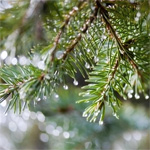
A single large tree can trap over 9000 litres of stormwater each year. So get busy and plant a native tree. LEAF has a Tree Benefits Calculator to measure the benefits.
Build a rain garden
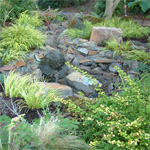
Rain gardens, bioswales and dry ponds are depressed areas, planted with special plant species that have long root systems. Once established these root channels allow rain to percolate up to 12' underground, even in tight clay soils. Visit Rain Garden Tour for instructions and examples of established rain gardens. A bioswale is similar except that it is linear – essentially a ditch designed to slow flow and maximize infiltration as water is being carried away from the site.
Plant native trees and plants
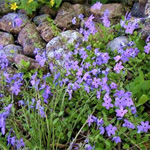
Native trees and plants intercept stormwater, absorb water through their roots, and are adapted to excessive moisture and drought. Toronto-based LEAF has a comprehensive list of native trees and shrubs. Evergreen also has a Canada-wide database of native plants.
Reduce paved areas
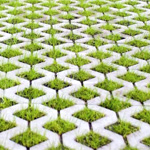
Pavement prevents water from soaking into the ground. Depave any unnecessarily paved areas. If you have a larger paved area on a public site, consider partnering with others in your community to stage a Depave Paradise event.
Consider permeable pavement
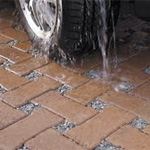
Permeable paving provides a stable surface while allowing rain to percolate down through gaps and gravel into the ground, recharging the aquifer. Some pavers are also designed to allow grass or other low growing species to thrive in the spaces between the drivable surfaces. Learn more about permeable pavement.
Check out photos from a recent Depave event at Unity Christian High School in Barrie.
Install a soakaway pit
Soakaway pits are basically a hole in the ground filled with some type of permeable medium (plastic crate, gravel) that allows water to enter and percolate through into the soil. Watch this how to video to learn how to build a soakaway pit on your property and check out how this school fixed up the drainage problems on their sports field using one.
